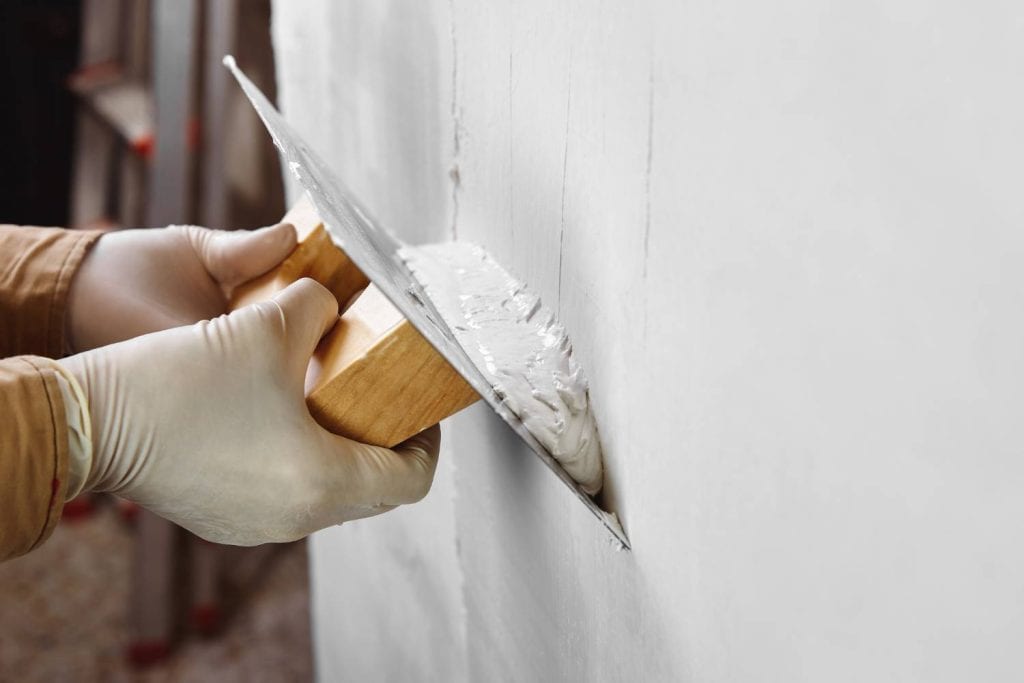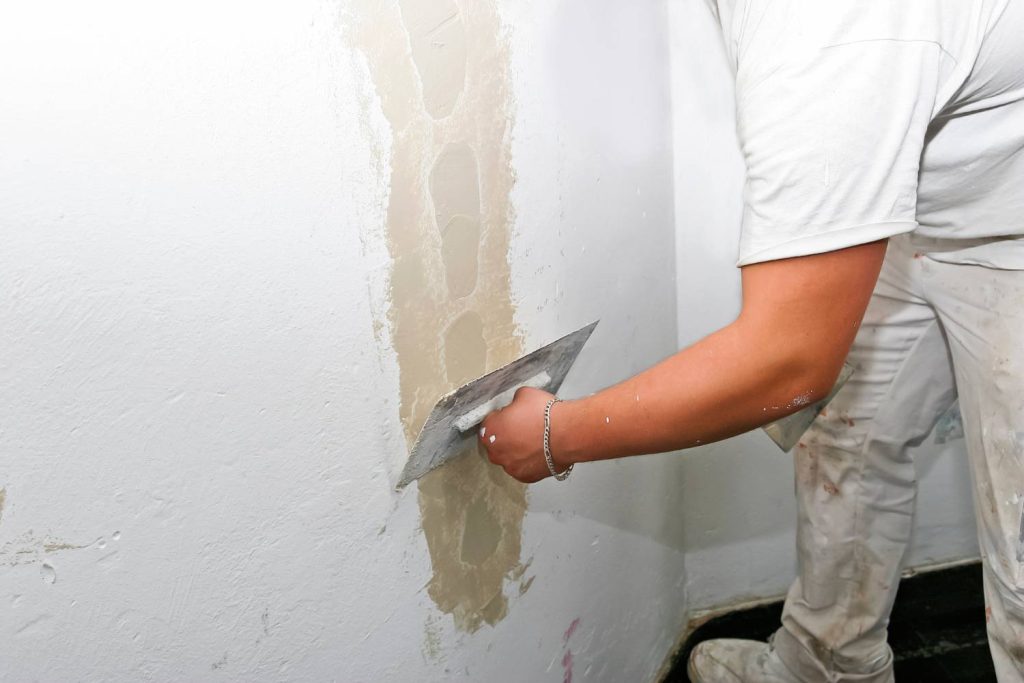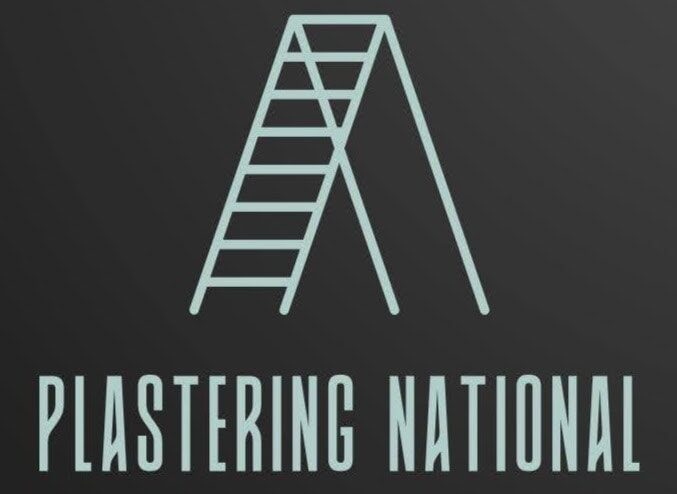Plaster walls are highly valued for their durability, elegance, and insulation properties. However, over time, these walls can develop cracks, holes, or damage from environmental factors. Fortunately, plaster wall repair is an achievable task when armed with the right plastering tools and techniques. Whether you are a seasoned DIYer or a beginner, this guide will provide you with everything you need to restore your plaster walls to their original strength and finish.
Let’s Get Straight To The Point
Plaster wall repair involves assessing the damage, gathering the right plastering tools, and following a systematic approach to restore the wall. Small cracks can be easily fixed with a plastering trowel, utility knife, and sandpaper for plaster, while larger holes require more preparation, including reinforcing the lath and applying multiple layers of plaster.
Essential plaster tools like a plaster hawk, corner trowel, and feather edge plastering tool are key for a smooth finish. Proper plaster dust protection, like a dust mask and goggles, is essential for safety. Once repaired, regular maintenance, such as inspecting for cracks and controlling humidity, will help preserve plaster walls for the long term.
Essential Plastering Tools for the Job
Successful plaster wall repair depends on having the right plastering tools to achieve a smooth and professional finish. Here’s a list of essential plaster tools you’ll need for the job:
- Plastering Trowel: This tool is essential for applying and smoothing plaster evenly across the damaged area.
- Plaster Hawk: A flat board that holds plaster while you work, making it easier to load your trowel.
- Utility Knife for Plaster: Ideal for cutting away loose or damaged plaster around cracks or holes before you apply fresh material.
- Corner Trowel: This specialised tool helps to create sharp and clean corners when plastering.
- Feather Edge Plastering Tool: Used to level and smooth larger surfaces of plaster for a professional finish.
- Sandpaper for Plaster: Once the plaster has dried, sandpaper for plaster helps to smooth the surface for painting.
- Plaster Sanding Block: For refining the plaster finish to ensure it is even and smooth.
- Dust Mask and Safety Goggles (Plaster Dust Protection): Protect yourself from inhaling fine plaster dust that could irritate your lungs and eyes.
- Vacuum for Plaster Dust: Keep your work area free of debris and dust, ensuring the surface is clean and ready for the new plaster.
Preparing for Plaster Wall Repair
Proper preparation is key to achieving a high-quality repair. Before you begin fixing plaster, make sure you follow these preparation steps:
Step 1: Gather Your Tools and Materials
Ensure you have all the essential plaster tools at hand. This will allow you to work efficiently and avoid interruptions during the repair process.
Step 2: Prepare the Area
Clear the space around the repair site by removing or covering furniture and valuables. Use painter’s tape to protect edges, such as those around windows or doors, from stray plaster dust. Cover the floor with a drop cloth to catch any falling debris.
Step 3: Clean and Inspect the Surface
Before applying any new plaster, it’s crucial to ensure the surface is clean. Use a vacuum for plaster dust to clear away any debris from the damaged area, and wipe the surface with a damp cloth to remove any dust that might prevent adhesion.

Repairing Small and Medium Cracks
Small cracks in plaster can be easily repaired with the right plastering tools. Here’s a straightforward method for fixing these issues:
- Widen the Crack: Use a utility knife for plaster to slightly widen the crack. This step creates a better bond between the new plaster and the surrounding surface.
- Clean the Area: Vacuum the area to remove any debris, then dampen the surface with a cloth.
- Apply Plaster Compound: Use a plastering trowel to apply plaster into the crack. Smooth the surface so that it’s level with the rest of the wall.
- Allow It to Dry: Follow the manufacturer’s instructions for drying times, typically from a few hours to a full day.
- Sand and Paint: Once the plaster is completely dry, use sandpaper for plaster to smooth the surface. After sanding, apply primer and paint to match the existing wall.
Repairing Large Cracks and Holes
Larger cracks and holes that expose the lath require more advanced techniques. Here’s how to repair significant damage:
- Remove Loose Plaster: Use a utility knife for plaster or chisel to remove loose plaster around the damaged area.
- Reinforce the Lath: If the lath is damaged, you’ll need to repair or replace it before applying fresh plaster.
- Apply a Base Coat: Begin by applying a base coat of plaster to the lath, pressing it firmly into place. Allow this layer to dry before proceeding.
- Scratch Coat: Apply a rough first coat (scratch coat) to provide better adhesion for subsequent layers.
- Apply the Finish Coat: Once the scratch coat is dry, apply a smooth finish coat and allow it to dry completely.
- Sand and Paint: After the plaster has dried, use a plaster sanding block to smooth out the surface. Then, apply primer and paint.
Mixing Plaster for Repair
Properly mixing plaster is essential to achieving a smooth finish. Here’s how to mix plaster for optimal results:
- Mixing Plaster: Whether you’re using plaster of Paris or a premixed compound, ensure the plaster is mixed to a creamy, lump-free consistency.
- Apply the Plaster: Use a plastering trowel to apply a thin layer of plaster over the repair area, smoothing it evenly.
- Let It Dry: Allow the plaster to dry thoroughly before sanding or painting.
Choosing the Right Plaster
Choosing the right plaster for your wall repair is essential for achieving a long-lasting, professional result. Here are the common types of plaster used:
- Gypsum Plaster: Known for its quick setting time, gypsum plaster is ideal for interior repairs and provides a smooth, hard finish.
- Lime Plaster: Known for its flexibility and breathability, lime plaster is commonly used in older buildings and for areas with fluctuating moisture levels.
- Cement Plaster: Cement-based plaster is suitable for wet areas or exterior walls, as it is highly resistant to moisture.
Tips for Achieving a Professional Finish
To achieve a smooth, professional plaster finish, follow these expert tips:
- Use Clean Tools: Dirty tools can introduce debris into the plaster, which can cause imperfections.
- Firm Strokes: Use firm, consistent strokes when applying plaster to avoid air bubbles and ensure an even layer.
- Work in Thin Layers: Apply plaster in thin layers, which reduces the risk of cracking during drying.
- Sand Lightly: Be gentle when sanding to prevent damaging the fresh plaster.

Conclusion
Repairing plaster walls can be a straightforward and rewarding project. With the right plastering tools, such as a plastering trowel, plaster hawk, and corner trowel, as well as careful attention to detail and preparation, you can restore your plaster walls to their original strength and finish. Whether you’re fixing minor cracks or larger holes, the key to success lies in using the proper tools, techniques, and materials. By maintaining your walls through regular inspections and prompt repairs, you can ensure that your plaster walls remain in excellent condition for years to come.
Frequently Asked Questions
What Are The Most Essential Tools Needed For Plaster Wall Repair?
For a successful plaster wall repair, some essential tools include a plastering trowel, hawk, utility knife, mixing bucket and paddle, sandpaper or a sanding block, and a vacuum cleaner with a brush attachment. These tools assist in the preparation, application, and finishing stages of plaster repair, ensuring a smooth and durable finish.
How Do I Choose The Right Type Of Plaster For My Repair Project?
Selecting the right plaster depends on the nature of your project and the surface you’re working on. For interior repairs, gypsum plaster is commonly used for its ease of application and smooth finish. Lime plaster is ideal for older homes requiring breathability, while cement plaster suits both interior and exterior applications, especially in wet areas.
Can I Repair Small Cracks In Plaster Walls Myself?
Yes, small cracks in plaster walls can typically be repaired by DIY enthusiasts using a few basic tools and materials like plaster of Paris or a premixed plaster repair compound. The key steps involve widening the crack slightly, cleaning the area, applying the plaster, and sanding it smooth after drying.
What Should I Do To Prepare My Room Before Starting Plaster Repair?
Preparation involves several steps, including moving furniture away from the work area, covering everything with dust sheets to protect from debris, using painter’s tape to protect adjacent areas, and ensuring the repair site itself is clean and free from loose plaster or dust.
How Do I Ensure A Perfect Finish When Repairing Plaster Walls?
Achieving a perfect finish involves proper preparation of the wall surface, mixing plaster to the correct consistency, applying plaster evenly, and mastering the art of sanding for a smooth surface. Tips for a perfect finish include keeping your tools clean, applying with confidence, and paying attention to the drying stages of plaster for timely smoothing and refining.

